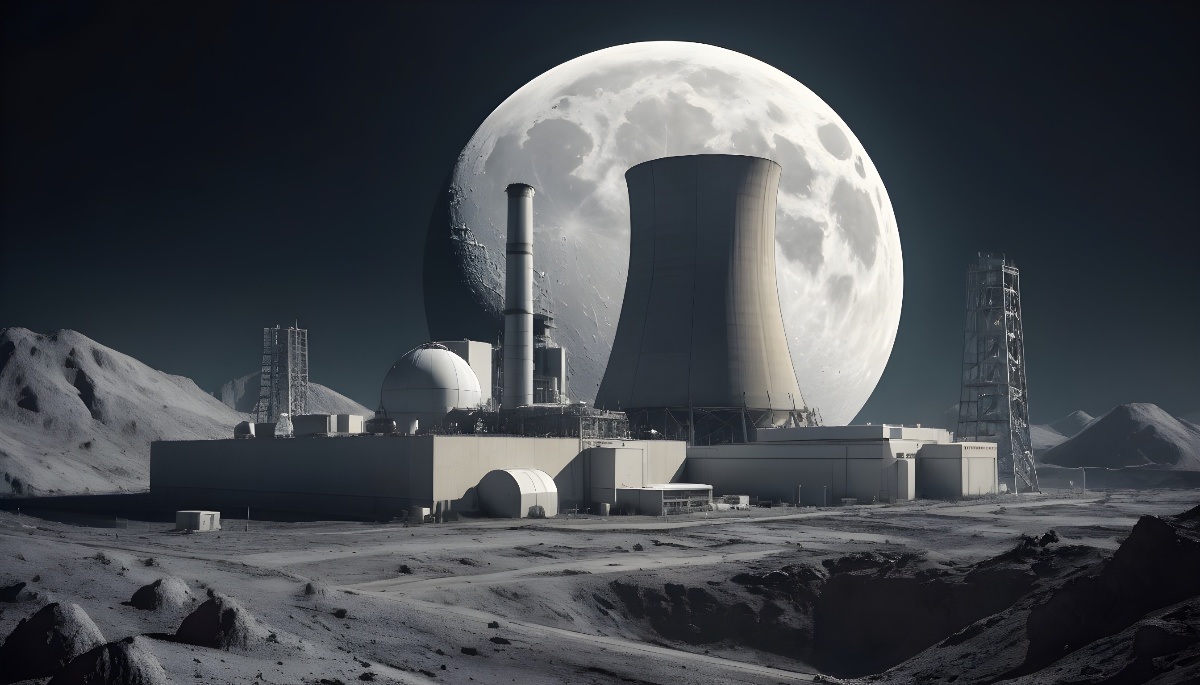India and China Express Interest in Russia’s Nuclear Power Plant on the Moon

Russia's bold vision to power future lunar bases with a nuclear plant has captured the attention of two of the world's space exploration heavyweights—India and China. This plan, spearheaded by Rosatom, the Russian state nuclear energy corporation, seeks to develop a nuclear power station on the Moon, potentially revolutionizing lunar exploration and habitation. Alexey Likhachev, head of Rosatom, recently revealed that both India and China are interested in collaborating on this groundbreaking project.
The idea behind Russia's lunar nuclear power plant is to create an energy source capable of generating up to half a megawatt of electricity. This power would be essential to sustain the infrastructure and operations of a lunar base, an endeavor that Russia and China have been working on since May 2024. According to Likhachev, Roscosmos, Russia’s space agency, plans to complete and deploy the plant by 2036. This timeline would coincide with the broader efforts to establish a long-term human presence on the Moon.
For India, this project offers an enticing opportunity to join the race in building a permanent lunar presence. After the success of its Chandrayaan missions, India's space agency ISRO has been looking for deeper collaborations that would elevate its standing in the global space community. The lunar nuclear power plant offers India the chance to leap forward in space technology while contributing to a significant international project.
China’s interest in this initiative comes as no surprise given its growing space ambitions. After landing its Chang'e lunar missions and planning future manned explorations, China has made it clear that the Moon is a focal point of its space aspirations. By collaborating with Russia on the lunar power plant, China aims to secure its place in the next phase of space exploration and development.
The significance of this project extends far beyond mere energy generation. The lunar nuclear power plant is seen as a cornerstone for more extensive operations on the Moon, including scientific research, mineral extraction, and the establishment of lunar habitats. The ability to generate reliable energy on the Moon could make it a stepping stone for more ambitious missions, including manned missions to Mars.
The international collaboration between Russia, China, and potentially India marks an era of joint space exploration efforts, where the geopolitical divides of the past give way to cooperation in one of humanity's most exciting frontiers. The prospect of a nuclear-powered lunar base serves as a testament to the technological strides being made in the space sector and highlights the growing importance of energy solutions that can support extraterrestrial missions.
As these three nations work together, the implications are vast—not only for space exploration but for technological advancements that could have applications back on Earth. Whether it’s developing safer and more efficient nuclear energy systems or pushing the boundaries of robotics and AI in hostile environments, the benefits of these lunar projects may ripple through many sectors.
The race to the Moon is no longer about who gets there first, but about who can build the future on its surface. With India, China, and Russia expressing interest in making a nuclear-powered lunar base a reality, we may be closer than ever to witnessing human outposts beyond Earth.


